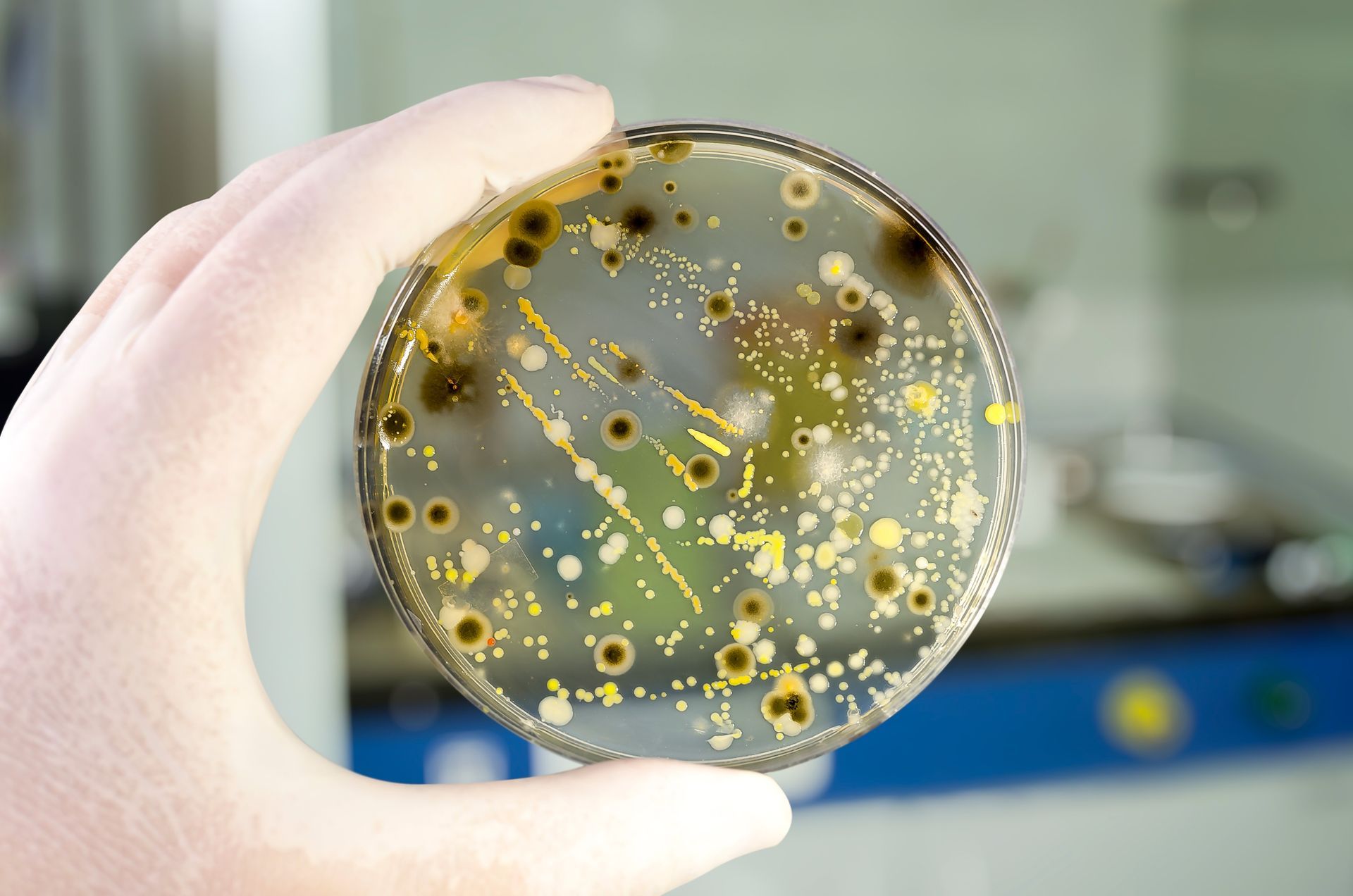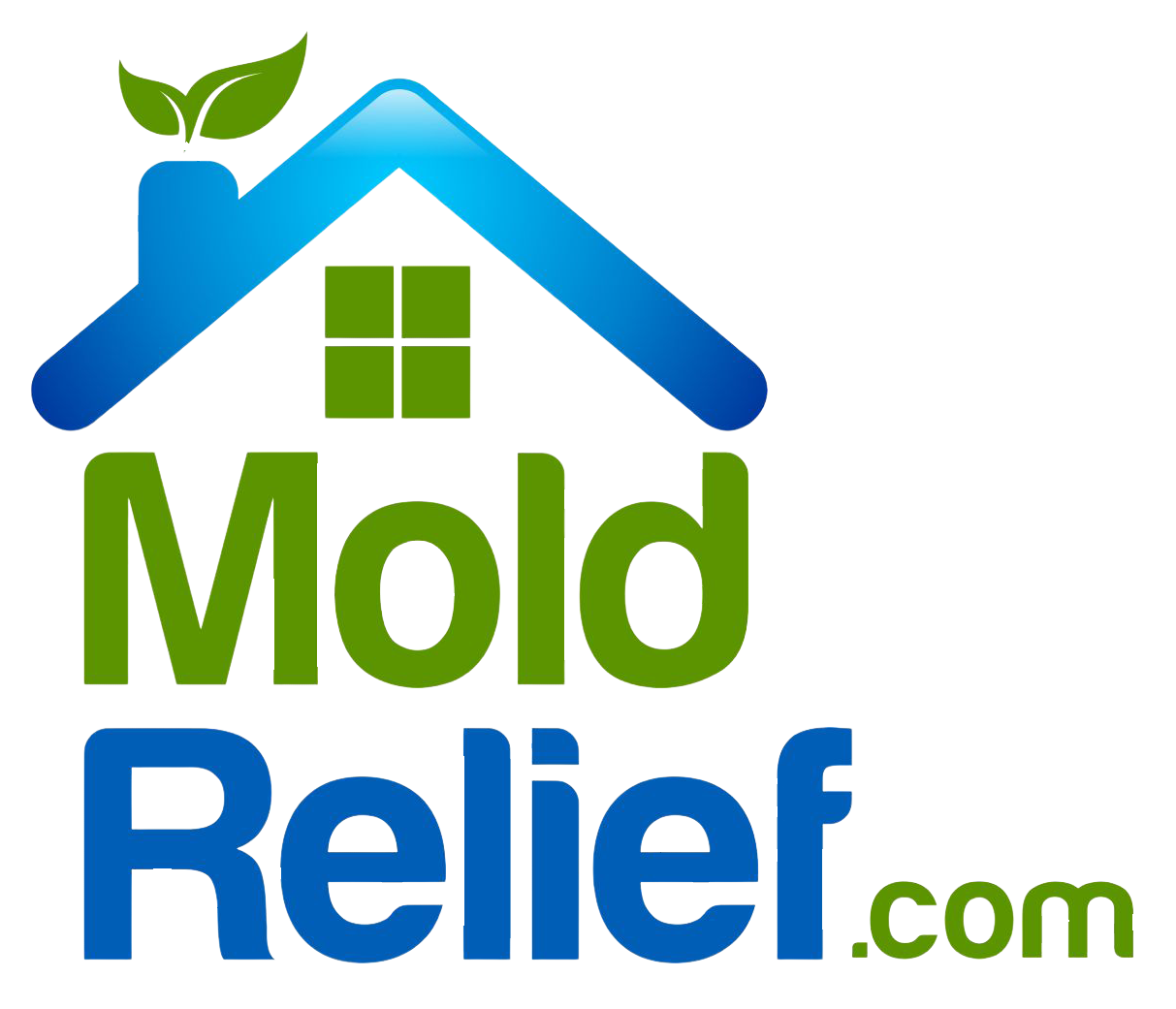

Mold Remediation Experts
Understanding Mold Remediation
Mold can quietly take hold in our homes, posing significant health dangers and threatening the integrity of our properties. Understanding mold remediation is crucial for effectively eliminating mold and preventing its return. This article will explain what mold remediation entails, why it’s important, and how you can approach this process effectively.
What is Mold Remediation?
Mold remediation is the process of identifying, removing, and treating mold infestations to eliminate the threat they pose to health and property. This goes beyond simply cleaning visible mold; it addresses the underlying causes of mold growth, such as moisture issues, ensuring the problem does not return. The process also includes repairing and restoring any damage mold has caused to affected structures and materials.
Why is Mold Remediation Necessary?
Mold remediation is essential because mold can cause serious problems if left untreated. Mold exposure can lead to respiratory issues, allergic reactions, and even severe illnesses in some cases. Additionally, mold can compromise the structural integrity of buildings, causing warping, rotting, or weakening of materials. Timely mold remediation protects your health and helps avoid expensive repairs by tackling the problem at its root.
Steps in Mold Remediation
- Assessment and Inspection
A proper mold remediation process begins with a detailed inspection to identify the extent of the infestation. Professionals may also check for moisture sources, such as leaks or humidity, that contribute to mold growth. This stage often overlaps with mold testing to ensure a comprehensive evaluation. - Containment
To prevent mold spores from spreading to unaffected areas, containment measures are put in place. These may include sealing off parts of the home, using plastic sheeting, and creating negative air pressure within the affected area. - Air Filtration
HEPA (High-Efficiency Particulate Air) filters are used to trap mold spores out of the air. Air filtration ensures the indoor air remains safe to breathe during and after the remediation process. - Mold Removal
Removal of the mold itself is a critical step. Professional equipment may be used to clean mold from non-porous surfaces, while materials such as drywall, carpet, or insulation that are heavily contaminated may need to be entirely removed and replaced. - Cleaning and Sanitization
Affected areas are cleaned with specialized cleaning products to kill mold spores and sanitize surfaces. Anti-fungal and antimicrobial treatments are often used to prevent the recurrence of mold. - Addressing Moisture Issues
Mold cannot thrive without moisture. Identifying and addressing water sources (like leaks or high humidity) is vital to long-term prevention. Dehumidifiers and proper ventilation may also be recommended to maintain low indoor moisture levels. - Restoration and Repair
After mold removal, it’s necessary to repair damaged areas. This might include replacing drywall, repainting, or even repairing structural elements to bring your home back to its original condition. - Prevention Measures
Steps must be taken to prevent future mold growth. Regular maintenance, moisture control, and proper ventilation are key to stopping mold from becoming a recurring issue.
When Should You Consider Mold Remediation?
You should consider mold remediation if you encounter the following:
- Visible mold growth, no matter how small.
- A persistent musty smell that lingers despite cleaning.
- Water damage, such as from leaks or flooding incidents.
- Recurring health issues such as coughing, sneezing, or chronic allergy-like symptoms.
How Much Does Mold Remediation Cost?
The cost of mold remediation can range widely depending on the severity and size of the infestation. Small jobs may cost as little as 500,whilelargerprojectsinvolvingextensivedamageorstructuralrepairscancostupwardsof6,000 or more. Costs are influenced by factors like the area affected, the materials impacted, and whether repairs are required.
Types of Mold Removal Techniques
- Physical Removal:
Mold is scrubbed or vacuumed off surfaces using specialized tools and solutions. - Dry Ice Blasting:
For larger infestations, dry ice blasting can target mold on wood or concrete without harming the surface. - Antimicrobial Treatments:
After mold is removed, professionals may apply antimicrobial coatings to prevent regrowth. - Encapsulation:
For inaccessible areas, such as crawl spaces, encapsulation can seal off surfaces to prevent mold activity.
Common Misconceptions About Mold Remediation
- “Bleach is enough to get rid of mold.”
While bleach may kill surface mold on non-porous materials, it will not address mold growing deep within porous materials, nor will it fix underlying moisture issues. - “Small patches of mold are harmless.”
Even small patches can indicate a larger hidden problem and may release spores that pose health risks. - “Mold will stop growing once cleaned.”
Simply cleaning mold will not stop future growth unless the source of moisture is addressed.
Mold remediation is a comprehensive process aimed at eradicating mold growth and preventing its recurrence. Understanding this process and taking prompt action can protect your home, health, and finances. By working with professionals or carefully following remediation guidelines, you can ensure a safe, mold-free living environment. Taking preventive steps and tackling mold issues early will save you both time and expense in the long term.
